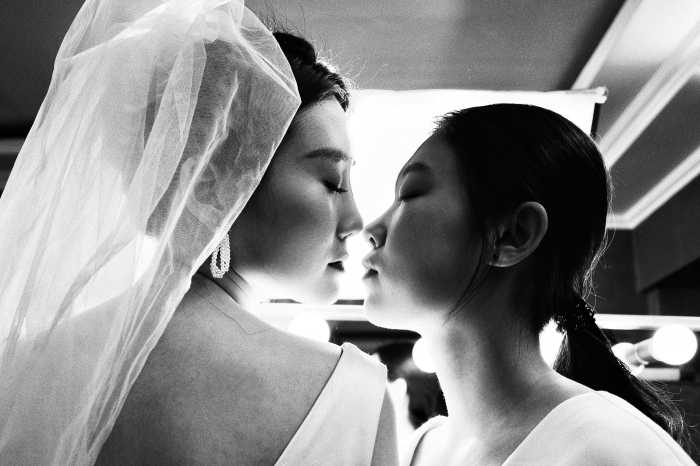One of the reasons that my daughter decided to try substitute teaching was to figure out if she actually wanted to be a teacher. And if so, what grades and what subjects best suited to her.
Since she did not take education as an undergraduate degree, she never had an opportunity to student-teach, so this subbing is a great way for her to learn and decide if she wants to do this as a life-long career. And let’s face it, teaching isn’t just a job — it is a career, a passion, one that you really need to be sure that you want to do.
It’s long hours, loads of work, and not entirely rewarding all the time. I’ve met many teachers who question the path that they have taken, especially after a hard day or a difficult class. Sure, you have the summer off, and school holidays, but the work in between is daunting.
Anyway, up until now she has had high-schoolers. No easy task in today’s schools. Since teens, for the most part, are basically fearless of substitute teachers, the kids pretty much do what they want. Not all, but some really buck authority, making teaching a very difficult profession.
On the other hand, subbing in high school is really like babysitting: you just give the students work sheets prepared in advance by the teacher — if they do it, fine, if not, it’s up to their regular teacher to deal with it. Subs take attendance, give out a bathroom pass or two, and sit back. Sometimes a student may ask a question, but for the most part they are pretty independent and can handle the work by themselves. Easy peasy.
However, this week things changed dramatically. My daughter Bri entered the world of elementary school. She was assigned to sub for a second-grade class. It brought a whole new meaning for her of what being a teacher is.
After her first morning on the job, I got a text: “OMG Never again.”
After half a day, Bri had had enough. This wasn’t just babysitting — it was baby teaching. Just like in high school, the teacher had left a sheet — but whereas high-schoolers were able to do the work on their own, not so for these second-graders. Eight-year-olds require direction, instruction, and attention. She discovered you can’t just give them a sheet and expect to sit back and watch them do it. These kids are learning everything new, and they have a whole bunch of questions on everything. The students were good kids, but they called on her every minute.
“Mom, as soon as I finished with one and before I even got the chance to walk back to the desk, another kid needed help,” she said. “I haven’t sat all day. It’s like being a parent for 30 kids.”
Not for Nuthin, in a way, teaching little ones really is a lot like being a parent, only instead of just one kid that needs all of your attention, you have 30.
Follow me on Twitter @JDelBuono.
























